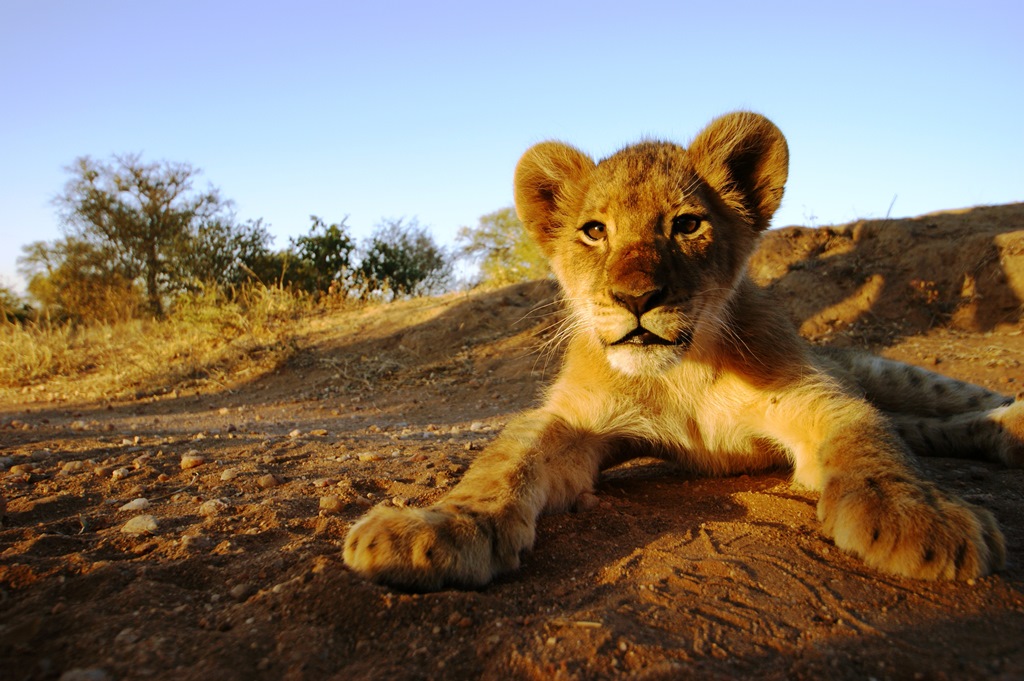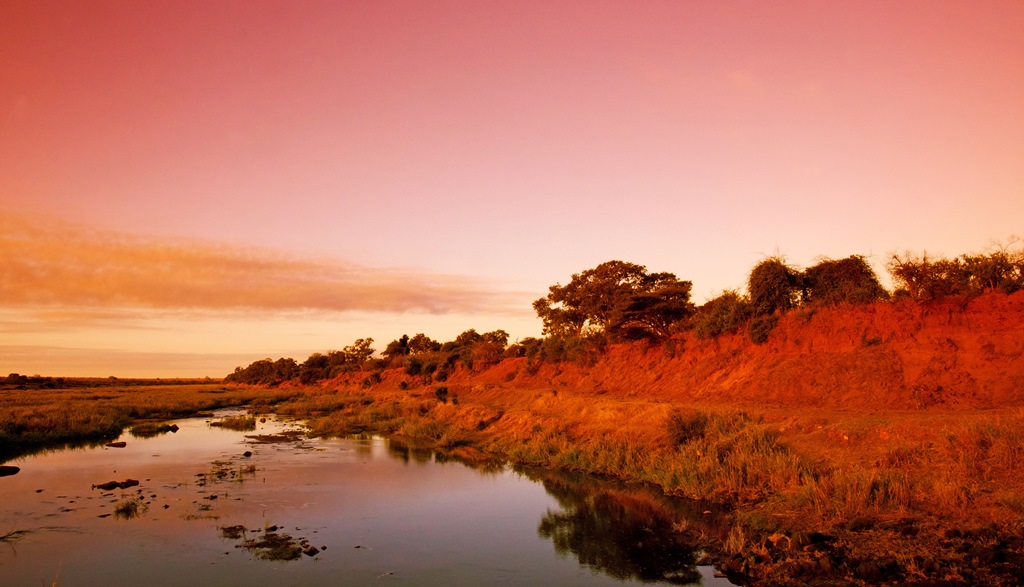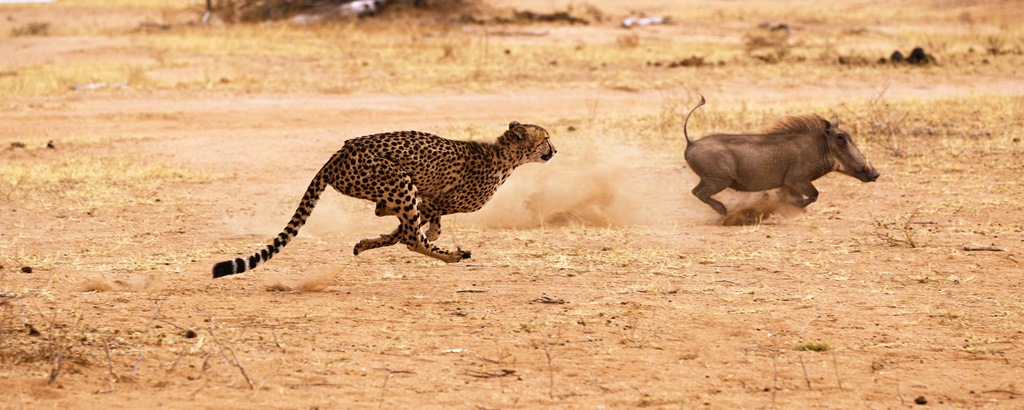Shuchita Joshi
With one foot in the real world and another in Middle Earth, Westeros and sometimes even Westworld, I love nothing more than a good fantasy-fiction story. It provides an escape from the mundane and also a host of characters to form lifelong connections with.
Another form of escape that I quite enjoy is travelling and writing about it. The stories of people and places, when presented with an individual's unique perspective, can make quite an impact on the readers.
Latest posts by Shuchita Joshi (see all)
- India’s 8 must visit UNESCO World Heritage Sites - August 21, 2015
- INDIA – FACTS & FIGURES - December 26, 2014
- Machu Picchu, the Inca Fortress – An Accidental Discovery! - September 11, 2014
This national park’s website describes Kruger as the “real Africa”. While those who are associated with Africa’s other wildlife sanctuaries might disagree, there’s no doubt that Kruger – one of eight game sanctuaries in the country – embodies perfectly the South African wildlife experience. But here, it’s more than just about the wildlife; a visit to Kruger is a visit back to a time when man first roamed the bush.

As iconic a game reserve as any in this magnificent continent, Kruger National Park is also one of Africa’s largest. With a total area of nearly two million hectares, Kruger extends 360km (224m) from north to south, while from east to west it averages a distance of 65km (40m) – at its widest, it measures 90km (56m). These facts testify to the size of the national park, but also more than hint at the variety of wildlife that one can expect to encounter here. Overall, Kruger makes for a magical and unforgettable experience.
At 147 species, Kruger has the maximum number of large animals than anywhere else on the continent. So if you’re looking to immerse yourself completely in a wildlife experience, there are few better game reserves than Kruger National Park in which to do so. There’s a mind-boggling diversity of animals (and birds) here – this place is paradise for the lover of wildlife. And the presence of knowledgeable guides will make your safari an even more memorable one. One can also spot wildlife by availing of guided walks, an altogether more exhilarating experience. (After a game drive or walking safari, treat yourself to some grilled meats at a bush braai, a barbecue that’s uniquely South African!)

Summers here are usually very hot, with temperatures touching 40C, and humid. The rainy season extends from spring to autumn (September to May), with rainfall particularly heavy during summers. The best time to visit Kruger is during the southern hemisphere winter, from late May to mid-September, when temperatures are comparably cooler (nights can be cold). During these months, there is less chance of contracting malaria – and the drier conditions lead to a decrease in green cover, which means big game can be seen near watering holes every morning and evening. For birding, however, the ideal time to be in Kruger is during the rainy season, when you’ll find masses of migratory birds making the most of the verdant surrounds.
Find out more about Kruger National Park.




Comments